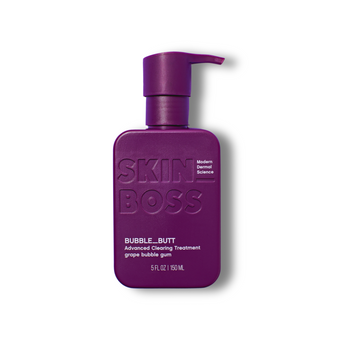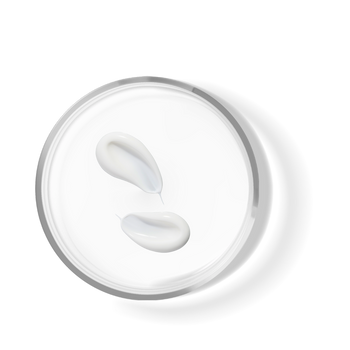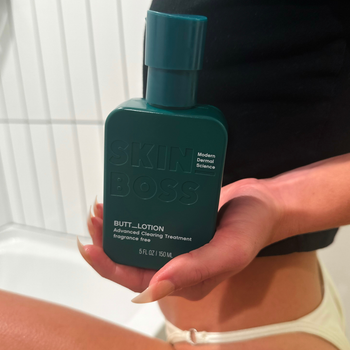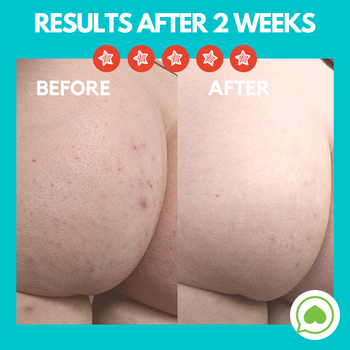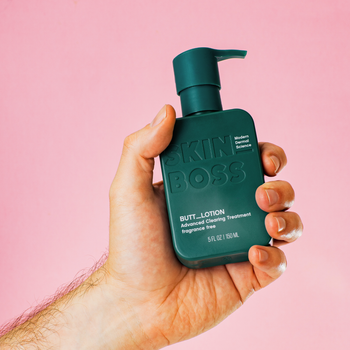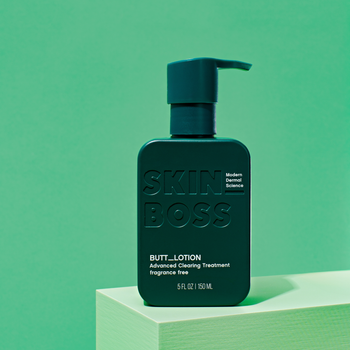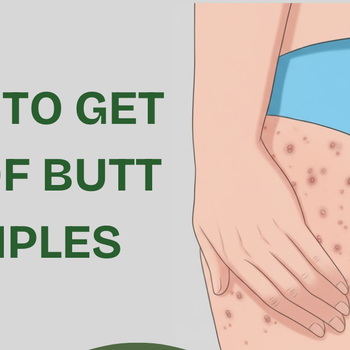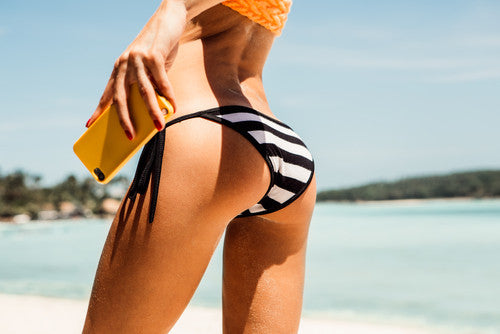Many people ask the most common question, which is whether sex leads to butt acne. The clear answer is that sexual activity does not create acne or butt pimples, but it can help those conditions that are responsible for breakouts in the buttocks area. In this blog, we will know more about the causes of this issue, symptoms, and effective ways of acne treatment.
How Sexual Activity Can Impact Butt Breakouts
1. Transfer of Bacteria and Friction
During sex, skin-to-skin contact and friction may spread bacteria to the buttocks. It reaches the hair follicles and ignites the process of inflammation or folliculitis, which is similar to Keratosis Pilaris. Often, a sweet movement and rubbing capture the moisture from the buttocks after sex, and create a condition for growing the clogged pores and breakouts.
2. Sweat, Heat, and Pore Blockage
When you are physically active, sweat increases in the fast mode. Then they form a moisture that absorbs through sweat and mixes with dead cells and oils. This formed area becomes a new barrier that blocks pores. This accumulation triggers the formation of acne, and it triggers more with the burning skin or tight clothing.
3. Hormonal Fluctuations and Sensitivity
For many women, butt acne during menstrual cycles becomes more noticeable. Hormonal changes, especially during progesterone, can boost the sebaceous gland, which increases oil production. In a warm and closed area, skill does not find any contact that thrives on the bacteria, which may become a cause for breakouts.
4. Misidentification Between Acne and Other Conditions
Some bumps might seem like acne, but actually they arise from infections, such as herpes (fluid-filled lesions), HPV warts, or molluscum contagiosum. If the bumps do not go away easily, are painful, or keep coming back, consider a butt acne lotion from the SkinBoss or consult a dermatologist for diagnosis.
How to know if it's butt acne or something else?
Many dermatologists highlight that what we commonly call "butt acne" is often not true acne. It may be a mimic of that skin condition, like hormonal acne, which comes with hormonal changes.
These are some of the most common reasons:
|
Condition |
Symptoms |
Specific Features |
|
Folliculitis |
Small red or pustular bumps around the hair follicles |
May feel itchy or tender, and often bacterial in origin, through the hair follicles |
|
Keratosis Pilaris (KP) |
Small rough bumps ("chicken skin"), often in groups |
Keratosis pilaris is often caused by excess keratin blocking follicles. |
|
Fungal Acne |
Uniform, itchy, dot-like bumps |
Caused by yeast, and often unresponsive to common acne medications |
|
Boils / Carbuncles |
Large, red, painful lumps containing pus |
More severe cases often need drainage or antibiotics |
|
Contact Dermatitis |
Red, itchy, inflamed rash |
Caused by allergies or irritants, blisters may form. |
An evaluation from a dermatologist is critical for an accurate diagnosis and the right acne treatment because many symptoms look similar.
How to Clear Butt Blemishes With Chemicals
Skincare with good, smart, and effective ingredients has always been the top choice among the experts. Here are the best care tips for your butt-skin:
-
Benzoyl Peroxide
Use a body wash or cleanser that contains benzoyl peroxide because it is a powerful antibacterial that gets rid of the bacteria and eliminates the causes of acne by freeing the pores.
-
Salicylic Acid
Beta-hydroxy acids (BHAs) prevent clogging by dissolving oil and removing follicles stuck in dead skin cells. It’s also helpful in managing keratosis pilaris.
-
Glycolic Acid (AHA)
It exfoliates the surface of the skin and makes the skin texture smooth. It is a good adjunct for pigmentation and texture.
-
Topical Antibiotics / Antifungals
For treating bacterial or fungal infections, medications such as clindamycin or antifungal creams might be necessary under the guidance of a doctor.
-
Warm Compresses
Using a gentle heat source can help in extracting pus from boils or inflamed follicles, hair follicles, and support the natural drainage process of the body.
-
Non-comedogenic Moisturizers
After washing the face, apply a lightweight, non-blocking moisturizer to replenish moisture without clogging the pores.
Best Practices and Daily Habits to Prevent Butt Acne
To reduce recurring breakouts and support healing, you can follow these practices and habits:
-
Take a bath immediately after sweating and do not stay in wet clothes for long.
-
Wear breathable clothes. Cotton underwear and loose-fitting pants are the best choice.
-
Use a gentle scrub or a mild chemical exfoliant twice a week to clear dead skin cells without overdoing it.
-
Avoid picking and let the pimples heal naturally, because picking can increase scarring, pigment, and acne vulgaris, leading to breakouts.
-
For stubborn pimples, alternate between a benzoyl peroxide wash and an antiseptic cleanser (Chlorhexidine) to cover multiple causes.
When to See a Dermatologist
If your butt bumps or acne breakouts are very painful, spreading, lasting more than two weeks, or appearing right after sexual activity, getting a medical evaluation becomes crucial. A dermatologist could provide:
-
Prescription oral antibiotics
-
Isotretinoin for severe, resistant acne
-
Laser treatment or microneedling for scarring and pigmentation
-
Targeted treatments for STIs or other skin conditions
-
A butt acne lotion from SkinBoss
Endnote
There is no direct connection between sex and acne breakouts, but the heat, friction, and bacterial spread linked to butt acne and sex might trigger or worsen acne breakouts. A combination of hormonal changes that cause butt acne during menstrual cycles, and you have a perfect situation for acne breakouts to occur.
A perfect routine that includes care with benzoyl peroxide, salicylic acid, and gentle exfoliation is the foundation of buttne treatment and treatment for butt pimples. Choose the best skincare for breakoutsthat includes a butt acne-clearing lotion to get the tailored solution according to your issue.




